1. Miracle Feather Dusters
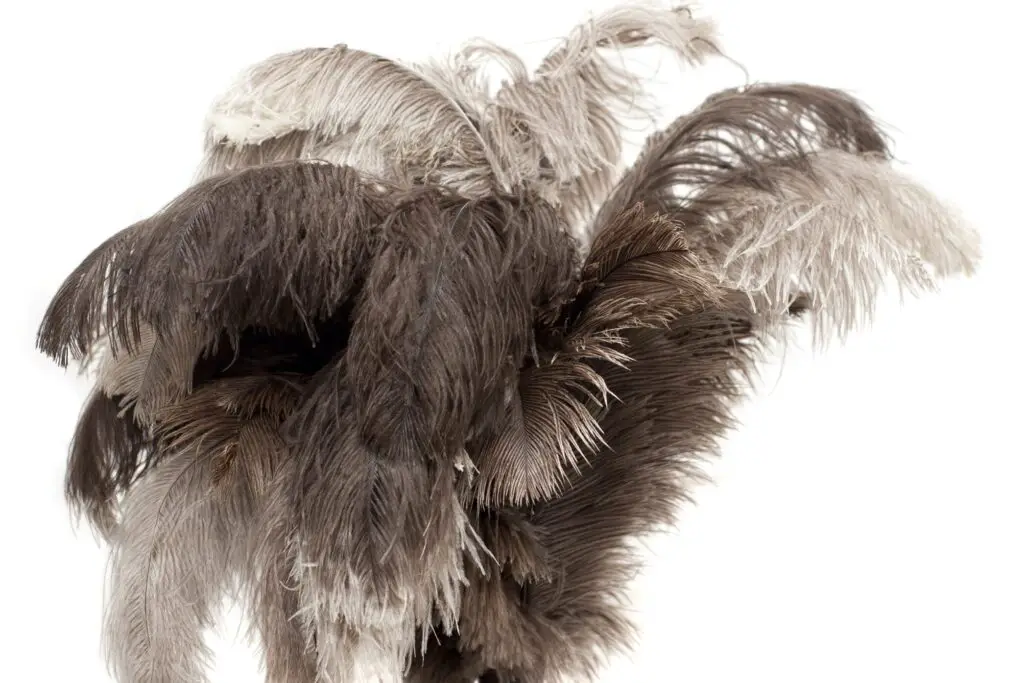
Once upon a time, the feather duster was advertised as the only cleaning tool you’d ever need. Infomercials showed homemakers effortlessly sweeping away dust in one graceful flick, leaving spotless furniture behind. These “miracle” dusters promised to attract dirt like a magnet, and the ads made it look like dusting could be fun. Many even came in bright colors to make housework feel less like a chore.
In reality, they often just spread dust around rather than removing it. Sure, they looked glamorous in their long, fluffy designs, but most people eventually realized they needed an actual cloth or vacuum to get the job done. While some feather dusters are still around today, their magic reputation has long since faded. Now, they’re more nostalgic than miraculous.
2. The Mop That Cleaned Itself
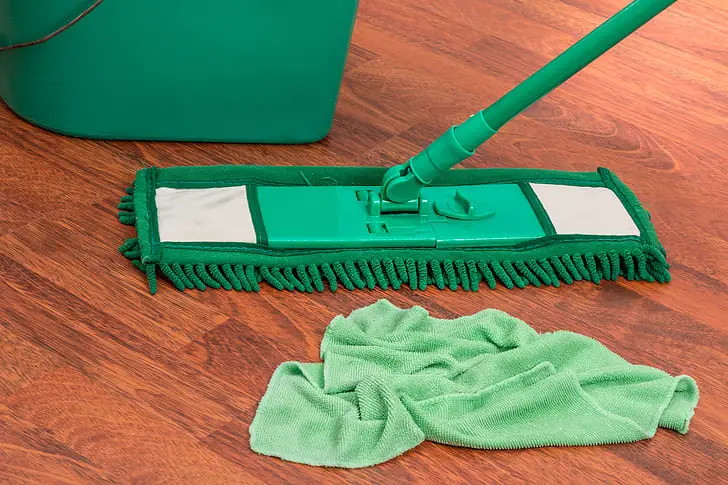
There was a time when TV ads promised mops that practically washed and wrung themselves. The concept was simple: dip the mop in a bucket, press a lever, and watch it spin itself dry. Commercials made it seem like you’d never have to touch dirty mop water again. For busy homemakers, this felt revolutionary.
The catch? The self-cleaning mechanism often broke or wore out quickly. The mop heads were hard to replace, and the buckets took up space. Many found themselves frustrated when the contraption jammed mid-clean. The promise of “never touching grime again” turned into more hassle than help, which is why most of these so-called miracle mops vanished from homes.
3. Static-Busting Sprays

In the mid-20th century, sprays designed to eliminate static electricity were considered magical. Ads showed women spraying their skirts to prevent cling or spritzing their furniture to stop dust buildup. The marketing was clear: with just one spray, your laundry, furniture, and even your hair could behave better.
The truth was less impressive. While they might have temporarily reduced static, they didn’t solve the problem for long. Worse, some left behind sticky residues that attracted even more dust. As fabrics changed and dryers became more advanced, people realized they didn’t need a special spray to handle static. These bottles slowly disappeared from store shelves.
4. Magic Erasing Stones
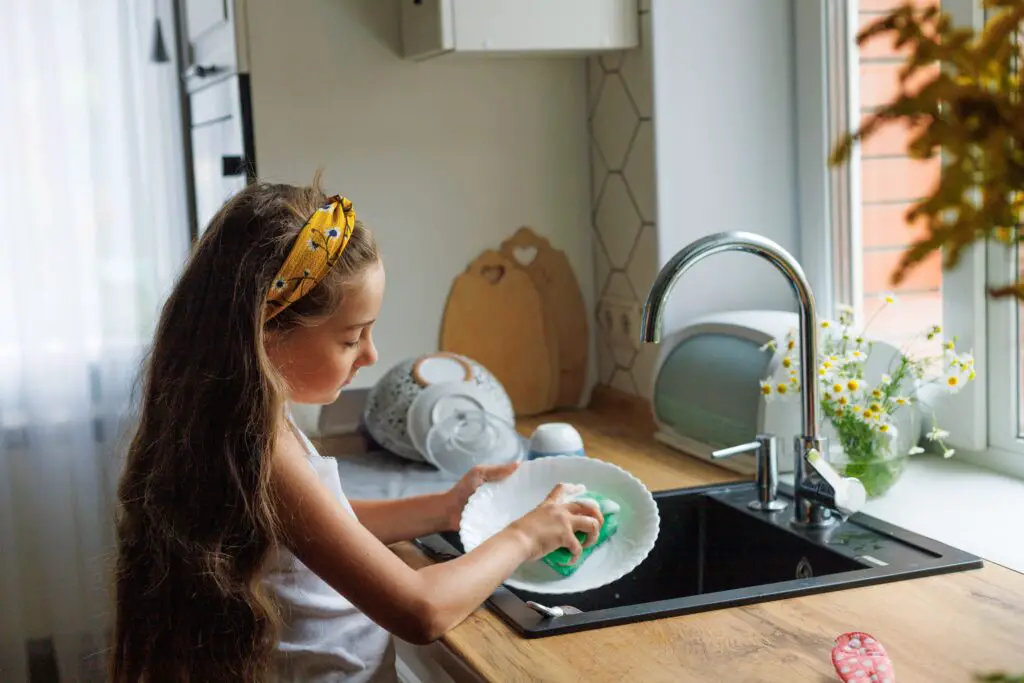
Long before modern “eraser sponges,” there were pumice-style stones marketed as miracle cleaners. They promised to remove everything from burned-on food in ovens to water rings on toilets. Ads loved showing them slicing through grime that other cleaners supposedly couldn’t touch.
The stones worked in some cases, but they were also abrasive and could damage surfaces. Many people learned the hard way that scrubbing their sink or stovetop with these stones left scratches. While they weren’t entirely useless, the magic wore off quickly when homeowners realized they required a delicate touch and weren’t the cure-all they were marketed to be.
5. Automatic Shoe Polishers
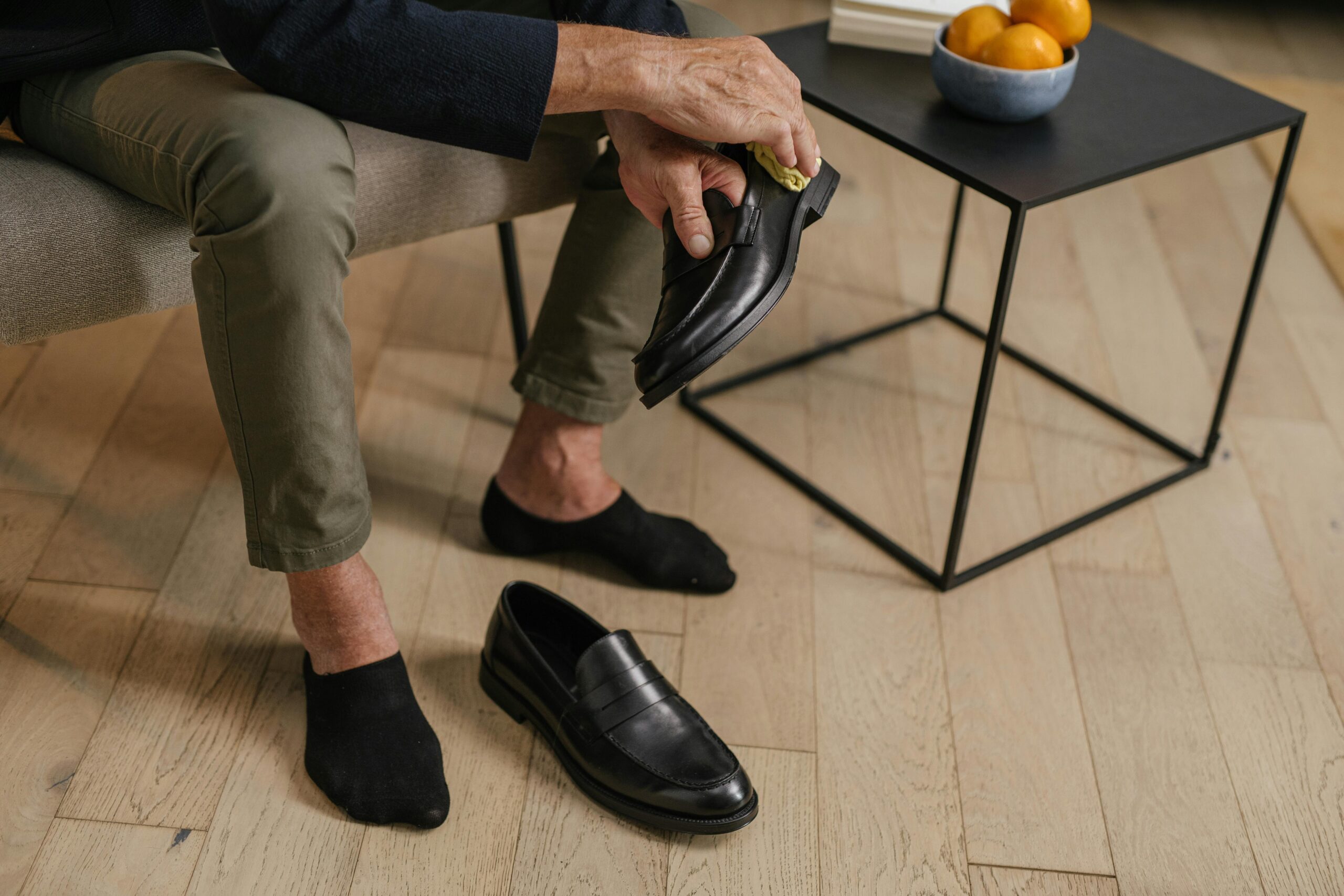
These gadgets promised to make scuffed shoes look brand new in seconds. With a motorized brush and a canister of polish, the ads insisted you’d never need to shine shoes by hand again. They were often marketed toward busy men in suits, suggesting this device was the secret to always looking sharp.
Unfortunately, the polish often smeared, and the machines didn’t reach corners or seams. They took up space and made a mess if not used carefully. For many, it was easier to just use a rag and polish the old-fashioned way. What seemed magical in commercials ended up being clunky and inconvenient at home.
6. Germ-Killing Blue Lights

Before UV sanitizers became a modern trend, earlier versions popped up in the mid-century as miracle germ killers. These glowing blue lamps were advertised as cleaning the air in your home by killing bacteria. They were marketed as futuristic, even space-age solutions for families worried about sickness.
But the effectiveness was questionable at best. They couldn’t actually disinfect an entire room, and many people were skeptical about sitting in a glowing blue haze. Eventually, they were dismissed as gimmicks. Today’s UV sanitizers are more advanced, but the early versions are remembered more for their flashy look than any real cleaning power.
7. Self-Polishing Wax
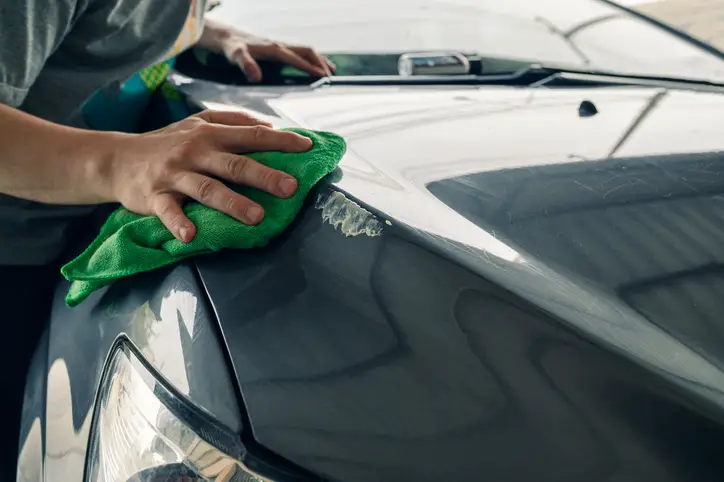
Floor wax used to be marketed as a cure-all for dull floors. Certain brands claimed their formula was “self-polishing,” meaning you could just pour it on and let it shine without lifting a finger. Ads showed gleaming kitchen floors with housewives practically dancing across them.
In reality, the wax built up in layers and often turned yellow over time. Instead of a long-term sparkle, homeowners were left with sticky or streaky floors. Stripping the wax became a dreaded chore, and the so-called “magic” of never polishing again disappeared. It was a classic case of over-promising and under-delivering.
8. Miracle Carpet Powder
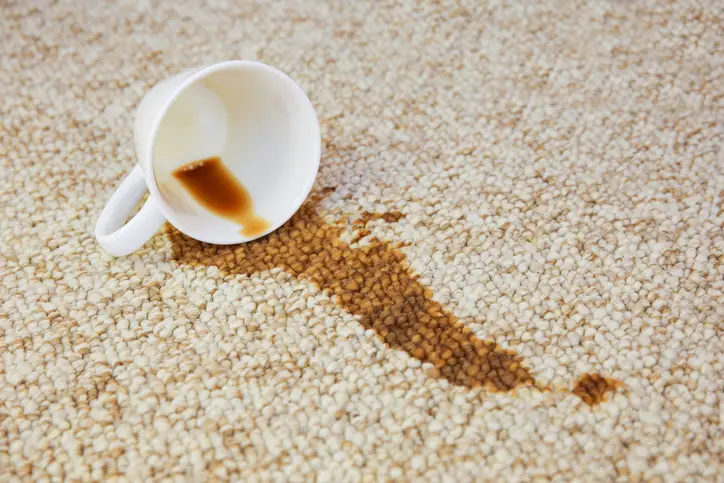
These powders were sprinkled on carpets with the promise of banishing odors and making rugs look like new. They came in cheery boxes with floral scents, suggesting that a quick shake was all you needed for fresh, clean living. Ads made it look as simple as sprinkling sugar on cereal.
But while they did cover odors temporarily, the powder often left behind residue that was hard to vacuum up. Over time, the buildup could even damage carpet fibers. Many families eventually realized that a good deep clean or steam treatment did far more than the so-called miracle powder.
9. Soap Flakes
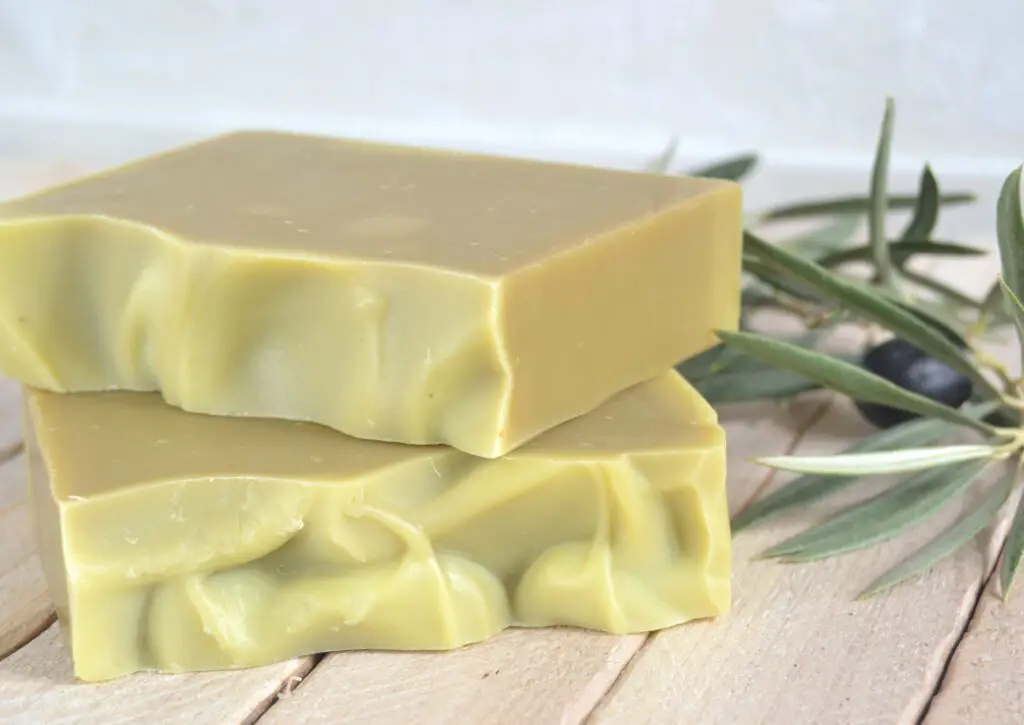
Soap flakes were sold as the ultimate gentle cleaner, safe for everything from delicate fabrics to wooden furniture. The pitch was that a little warm water and some flakes could handle any cleaning job. They were often marketed as a one-stop shop for laundry, dishes, and household scrubbing.
While they were versatile, they weren’t as effective as specialized products. Laundry often came out dull, and dishes needed extra effort. People got tired of mixing their own solutions when liquid detergents started hitting the market. Eventually, the flakes faded into history, remembered only as an early experiment in “magic” multi-use cleaning.
10. The Electric Ashtray
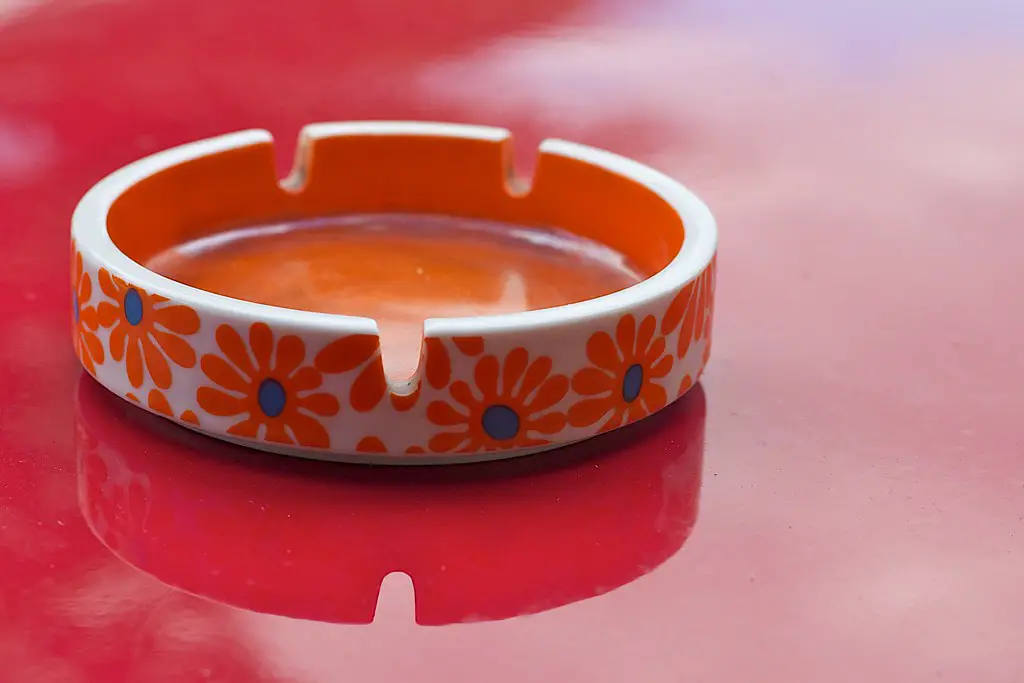
For smoking households, the electric ashtray was touted as a miracle product. It had a tiny built-in fan that supposedly sucked in smoke and trapped the odor, leaving homes smelling fresh. Commercials showed stylish parties where guests puffed away while the ashtray handled the mess.
In practice, it barely made a dent in the smoke. The little fans clogged, the filters needed constant replacing, and the ashtrays themselves were bulky. While it was an interesting attempt at solving a problem, the “magic” wore off quickly. Air purifiers eventually replaced them, leaving electric ashtrays as a forgotten oddity.
11. Magic Glass Cleaners with Tints
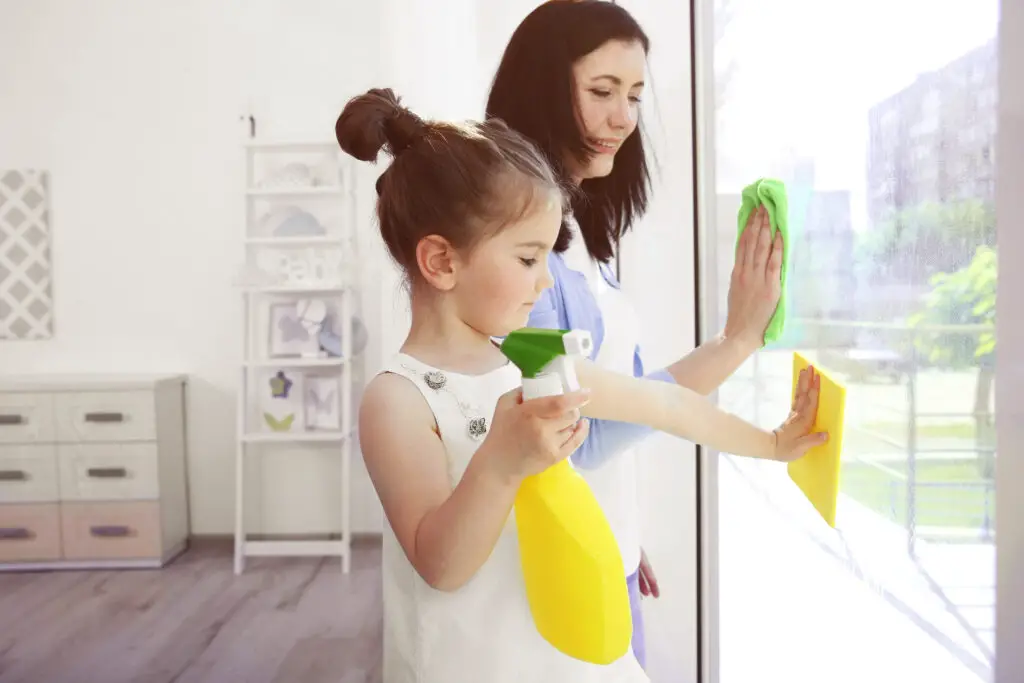
Some companies once sold tinted window cleaners that promised to leave glass so streak-free it looked invisible. Ads often showed housewives wiping once, with sunlight streaming through sparkling windows afterward. The tinted formulas were said to “enhance clarity” and reduce future smudges.
Of course, the tint often just left behind a haze or faint residue. Instead of sparkling windows, some people ended up with a weird film. The simplicity of vinegar-and-water solutions won out, and these colorful miracle cleaners were quietly retired.
12. Household Deodorizers in Beads
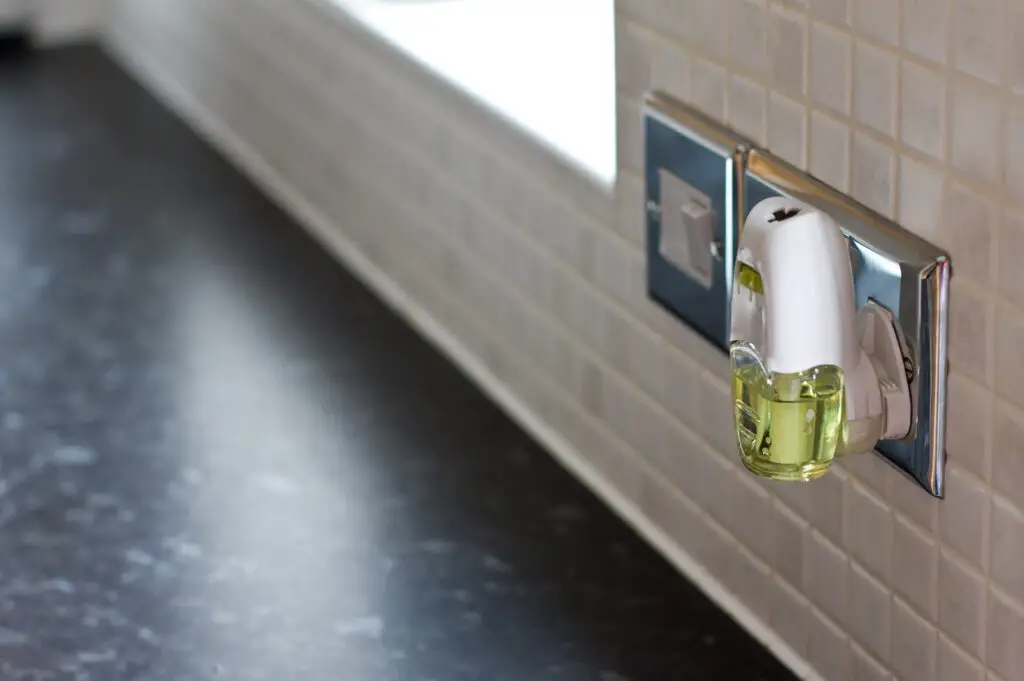
Before gel air fresheners, there were little jars filled with scented beads marketed as odor-eliminating miracles. Ads claimed the beads didn’t just cover smells but actually absorbed them, leaving homes feeling cleaner. They were often displayed in bright bowls to double as decor.
The truth? The beads lost their scent quickly and had no real odor-fighting power. Many households found themselves buying replacements constantly, which got expensive. Once plug-in air fresheners and sprays came along, the beads were pushed aside. Today, they’re remembered more for their looks than their cleaning abilities.
13. All-Purpose “Magic” Pastes
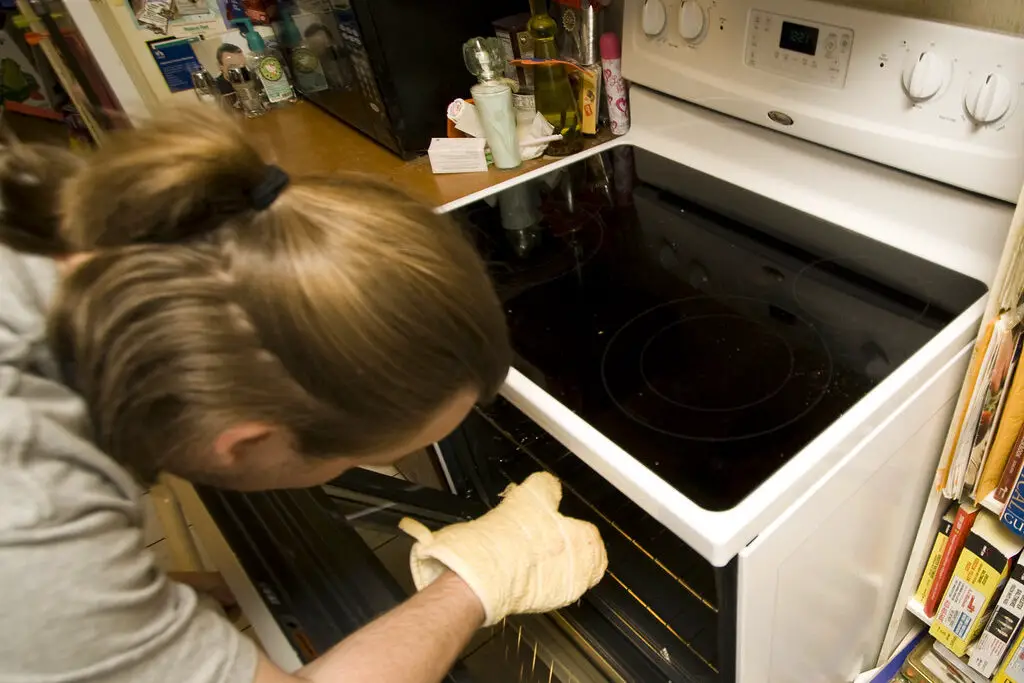
From scuffed shoes to grimy sinks, these thick pastes promised to clean everything. Ads showed a single jar replacing dozens of cleaners, saving time and money. The name often included “miracle” or “magic,” driving home the idea that this was all you needed under the sink.
But like many multipurpose products, it rarely did everything well. It could be too harsh for delicate surfaces and too weak for heavy-duty messes. Homeowners realized that specialized cleaners simply worked better. The miracle paste soon became one of many forgotten promises in the long line of housekeeping gimmicks.
